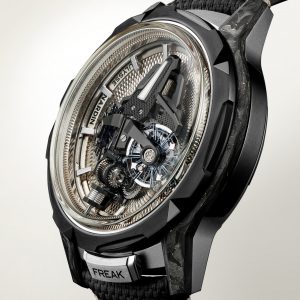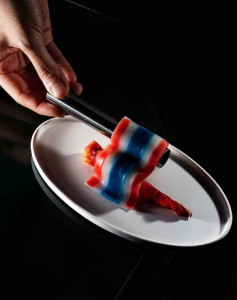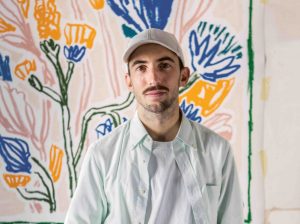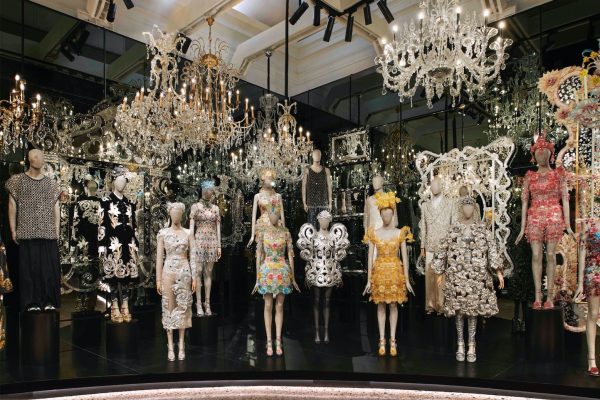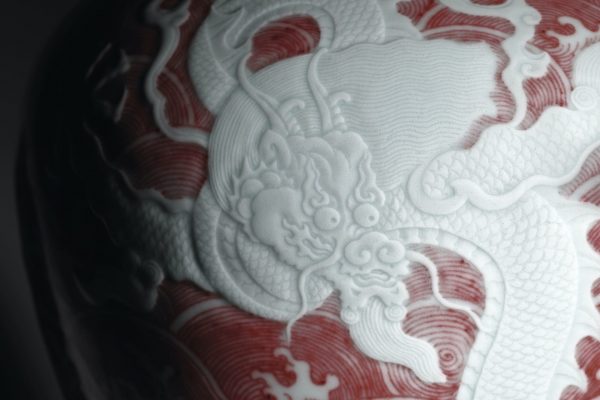I remember when Snapchat was much simpler than it is now. Back in the days, the app became popular purely because it allowed users to send picture messages that could only be seen once – or twice thanks to a later update. There were no stories, contents from publications or brands, and most importantly, no filters. For younger users, the creative selfie-editing feature with tons of options, is the only reason why they use – and know – Snapchat.
The trend of using them to “embellish” – and in some cases completely transform – our faces, has not only reached a pick in popularity over the last few years, but has also developed into an alarming tendency: teenagers and young adults are increasingly addicted to the obscure altered versions of themselves they see on their smartphones.
A recent study published on JAMA Facial Plastic Surgery by cosmetic surgeons at Boston University School of Medicine, sheds light on an alarming connection between this obsession with filtered selfies and plastic surgery, a condition dubbed “Snapchat dysmorphia.” According to the research, conducted across the US, people actually request surgeries or less invasive treatments to look like their edited pictures: approximately 42 percent of patients in 2015 and 55 percent in 2017.
“The pervasiveness of these filtered images can take a toll on one’s self esteem, make one feel inadequate for not looking a certain way in the real world, and may eve act as a trigger and lead to body dysmorphic disorder (BDD),” the study reads. Patients affected by BDD are obsessive-compulsive and preoccupied with perceived minor defects and, in some cases, continue to seek treatment.
“The Snapchat phenomenon, in a way, replaces what plastic surgeons have been doing as we take pictures before treatments and do computer simulation to see what the client will look like,” Dr. King Wing Keung Walter, a plastic surgeon based in Hong Kong tells me one morning in his clinic in Central. “Most doctors do not show what the computer shows because it may not be achievable in reality but filters act like home computer simulation with just one click.”
Bigger eyes, fuller lips, spotless doll-esque, pink skin and a thinner nose are usually the core facial traits that define the most popular filters. Let’s be honest, many of us often resort to the app when we don’t like what our phones’ cameras are showing us. It’s also somewhat embedded in social media culture: we see them as an opportunity to share the very best aspects – and angles – of ourselves. For young users, however, the constant use of beautifying filters can turn into a chronic and unhealthy dissatisfaction with their appearance and make many wish their forged avatar can become the real them.
For the past two years, the Nuffield Council of Bioethics, an international independent body that advices policy makers in bioethics, has been calling the biggest social media sites to examine the apps that can have a “destructive” effect on the young by tempting them to seek cosmetic surgery. According to their report, pre-teens, especially girls as young as 11 years old, are influenced and affected by self-editing features, filters and games.
While body-positivity campaigns have never been so popular worldwide – often thanks to the same platforms that offer selfie-editing features and filters – stereotypical notions of beauty still undeniably impact our standards, especially when it comes to ourselves. In a way, it’s also become reassuring to know that there is at least one reality, the digital one, where we like ourselves and where we can fit in with the rest of the world.
Of course, people have always obsessed about their appearances, comparing themselves to royals, elites and celebrities on traditional media. In a world where we’re constantly plugged in, losing touch with reality is much easier than we think.
“We have seen a few of our clients coming in with Snapchat and Instagram alterations, with smoother or whiter skin,” Dr. King explains. “I wouldn’t say that it’s a big trend here yet but I know it’s coming by looking at experiences in North America and because the younger generations are only coming in with their phone now.”
Dr. King, who has been a plastic surgeon for over 30 years, also finds an intrinsic connection between new technologies and how plastic surgery is perceived by the public. The fact that you can change your features on a screen with one touch, in short, doesn’t mean that the same results are achievable in real life or that a young person should impulsively undergo a surgery or treatment.
“In the past, people would come here with newspaper and magazine pictures of celebrities that they aspired to look like, especially in terms of nose and eyes,” he tells me. “Of course, now with Instagram and Snapchat playing such a huge role in people’s life, it is understandable that the younger generations use them as a preferred direction, the influence will also continue to raise and affect plastic surgery as a whole.”
“Snapchat dysmorphia” was first used by London’s cosmetic surgeon Tijion Esho early this year when he became increasingly alarmed by the unrealistic requests of many of his patients. While some experts argue that this phenomenon will quickly fade away before turning into an actual emergency, the role of surgeons worldwide is evolving. “We’ve always been looking out for people with unrealistic expectations, dysmorphic disorders and underlying mental disorders,” Dr. King explains. “We all have to be even more careful and patient now so that we, ourselves, understand the new technologies like Snapchat and Instagram to identify and understand these groups of patients better.”










